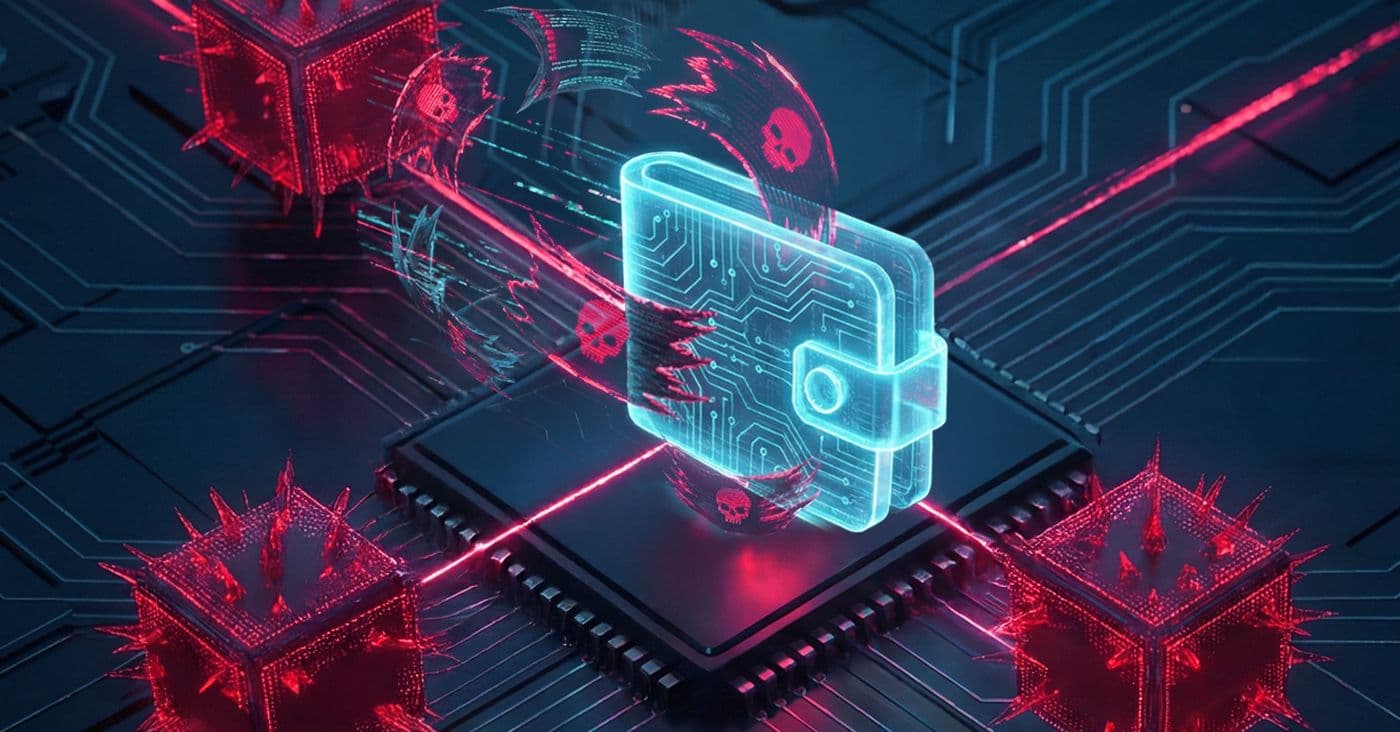
SF² aims to help you scale SecOps wisely
The Software Factory Security Framework eyes scaling SecOps as a resource problem — not just head count.
Ransomware — Malware that encrypts the files of victims or locks them out of their computer systems. The encryption renders the data inaccessible, creating a digital hostage situation. The attackers demand ransom payments, typically in cryptocurrency, with the promise of unlocking the seized data or restoring system access. Attackers threaten permanent deletion of valuable or sensitive data or public leakage if the ransom is not paid within a designated time frame.
The fallout from ransomware attacks reverberates across a broad spectrum, inflicting substantial harm on individuals, businesses, and even governmental entities. Beyond immediate financial losses, victims grapple with extensive data loss, crippling financial setbacks, and a tarnished reputation that erodes trust. These attacks exploit vulnerabilities ingrained within systems, applications, or human behavior, using any possible entry point to infiltrate and wreak havoc. Ransomware propagation vectors encompass a range of techniques, from weaponizing email attachments and disguising them as legitimate documents to manipulating compromised websites and exploiting network weaknesses.
Encrypting ransomware: Locks victims' files through encryption, rendering them inaccessible until a ransom is paid. The attackers hold the decryption key hostage, demanding payment for unlocking the data. Infamous instances of this breed include the WannaCry and NotPetya attacks, which encrypted countless files and caused widespread disruption.
Locker ransomware: Where encrypting ransomware is stealthy, locker ransomware overtly locks users out of their systems. This tactic denies access to the entire computer or specific files until the ransom is paid.
Scareware: Scareware operates on a psychological level, preying on victims' fears and vulnerabilities. It presents fake alerts or warnings, often claiming that the victim's system has been compromised. Scareware capitalizes on the urgency to protect one's digital environment, exploiting emotions to extract ransom payments. Users are coaxed into paying a fee to remove the fabricated threat.
Doxware (leakware): Doxware, also known as leakware, couples encryption with a threat to expose sensitive data if the ransom isn't paid, thus tarnishing an individual's or organization's reputation.
Ransomware as a service (RaaS): Some attackers are offering RaaS to less skilled criminals, who can then execute attacks for a portion of the ransom payment. This commercialization of cyber-extortion democratizes the threat, amplifying its reach and impact by lowering the barrier to entry for potential attackers.
Backup and recovery: Regularly backing up critical data and storing it securely offline is a potent defense because it ensures the ability to restore systems without capitulating to ransom demands.
Patching and updating: Keeping software, applications, and operating systems up to date helps close vulnerabilities that attackers might exploit.
User training: Educating users about phishing and social engineering tactics helps them recognize and avoid the lures used in ransomware attacks.
Network segmentation: Isolating critical systems from the rest of the network prevents lateral movement of ransomware within the infrastructure.
Security software: Employing advanced security tools, including anti-malware software and intrusion detection systems, bolsters defenses against ransomware.
By peeling back the layers of ransomware attacks and arming themselves with knowledge, individuals and organizations can bolster their resilience against this pervasive threat. Through a combination of preventive measures, robust defense strategies, and constant vigilance, the battle against ransomware becomes a collective endeavor to secure sensitive information, protect digital assets, and fortify the digital landscape against the encroachments of cybercriminals.

The Software Factory Security Framework eyes scaling SecOps as a resource problem — not just head count.

Highlighting an alarming trend, RL has discovered malicious packages targeting crypto wallets and OAuth tokens to steal funds.

As attacks become AI-optimized and internal AI use rises, enterprises need to modernize their file security strategy.